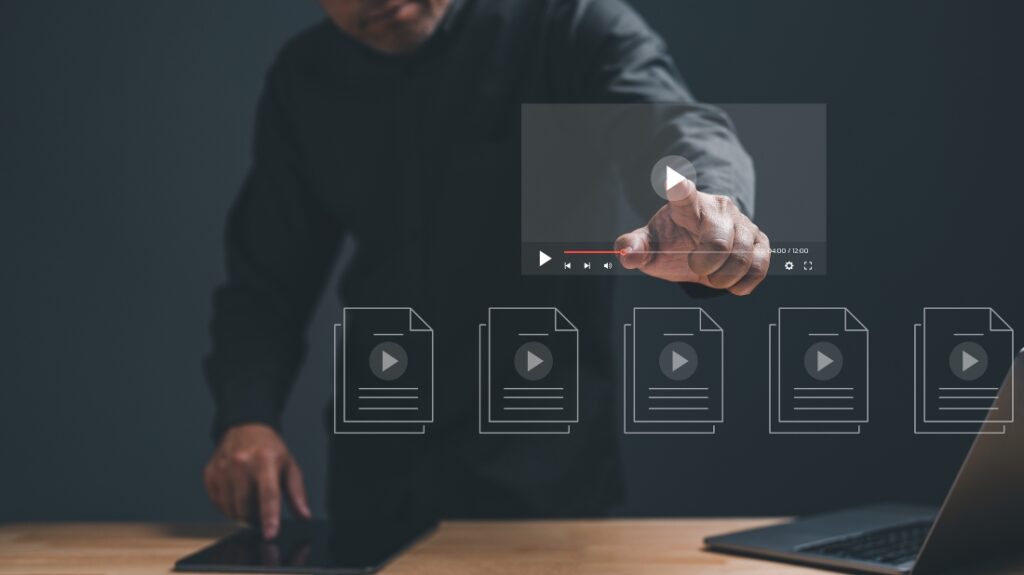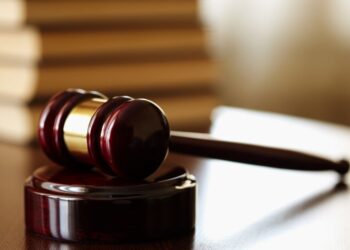The old saying is a picture (video) is worth a thousand words. The use of video is certainly becoming more common to help tell a story in many disciples. In the legal realm, video depositions are often necessary to secure testimony and identify the truth or poke holes through someone’s story.
Savvy attorneys are engaging professional video editors to animate and demonstrate or re-enact accident scenes or to demonstrate how injuries occurred to a victim using video presentations.
Investigators are increasingly beholden to the number of private and public digital video surveillance and security cameras posted inside and outside homes and businesses as well as video cameras mounted on car dashboards. These tools allow investigators to see video often with a time stamp displayed on the footage as they zoom in and see accidents, altercations, and details that often lead to more accurate arrests and excoriations.
Unlike the old analog video tape surveillance cameras of yesterday (often blurry and grainy with no clear compelling evidence), today’s digital cameras can see it all 24 hours a day and with crystal-focused clarity.
Actual Surveillance Video
Recently, we worked with law firms in two different cases who obtained surveillance video.
An investigator for the first law firm found surveillance video of a parking lot from four different cameras showing the same scene but from different angles. We were able to utilize all the footage to show the shooting of a victim and various individuals milling around the area and their efforts to clean up and remove items from the scene before police arrived. In this particular video, we brightened the image to remove shadows and zoomed in to see the scene close up and attempted to identify the different parties.
In a separate case, the use of surveillance video footage came from a Colorado middle school showing children moving through the hallways when two boys started fighting. A male teacher alleges that he was hit while attempting to separate the two. In this 10-minute video, we zoomed in and blurred the faces of the children (approximately 25). We also made approximately 20 still frame pictures (jpg images) frame by frame during the altercation.
In both cases, surveillance video was instrumental in telling a more accurate story of what happened.
Digital Age Video
Because video recordings today are digital (a series of zeros and ones) it is remarkably easy to make copies and to apply some simple enhancements to help reveal the story the video tells.
Because it is digital video does not mean you should expect your video editor to perform magic and be able to make undeniable identification of individuals or license plates as you see on FBI and police TV drama programs like CSI, but you can see things much better than previous attempts a few years back.
As previously mentioned, as video cameras have gone digital the higher resolution cameras have improved the ability to give a better understanding of the incident. Now investigators can zoom in to get a closer look while maintaining good resolution. Night scenes and shadowy areas can often be brightened up and more contrast added to discover possible unseen details. Most of these cameras do not record sound as the mounted cameras are usually perched high atop roofs and buildings.
Video editors using industry-standard video editing programs like Apple’s Final Cut Pro and Adobe Premiere Pro can explore what the video image can reveal. Zooming in, pointing to or highlighting an area to watch, increasing brightness and contrast, and the ability to add slow motion to witness minute details.
Video in Court
The chain of custody of the video needs to be documented to avoid any challenges to its authenticity. To make video admissible in court the video evidence should fall into the demonstrative category because it accurately retells the story of what happened. The video is used to establish a fact.
However, be aware that a video may be rejected by being unfairly prejudicial, for example, by presenting a gruesome video that adds little to nothing to the case.
A judge will review and allow or deny certain video evidence. A professional video editor who worked on the footage may have to testify or write a declaration about what they did to the footage and confirm that nothing was cut out or altered. Sometimes blurring or obscuring faces to protect individuals and the public might be required as was the case at the school where the children’s faces needed to be blurred.
If allowed to present video in court, you need to know how the footage will be played back. Will the judge and the jury see it correctly? Is the monitor large enough for people to see the video? And if the sound is used, can it be heard?
We also recommend that additional backup USB video files be available in the event technology goes awry. Rehearsing the logistics of video playback ahead of time is suggested so there is no fumble when it is time to push the play button.
It used to be that using video—whether it was a re-creation, a video deposition or surveillance video—in court was an expensive proposition that needed to be weighed against the potential outcome of the case. No longer is that a major factor. The use of high-quality video has lowered in costs from the cameras down to the editing of the footage.
Odds of Winning by Using Video
People love to watch interesting, informative, compelling videos, just ask any user on Facebook or YouTube. Jury members are no different. They want to help give the best verdict they can and relevant video evidence is highly compelling. The odds of winning a case seem to favor the quality of the video evidence you present.










